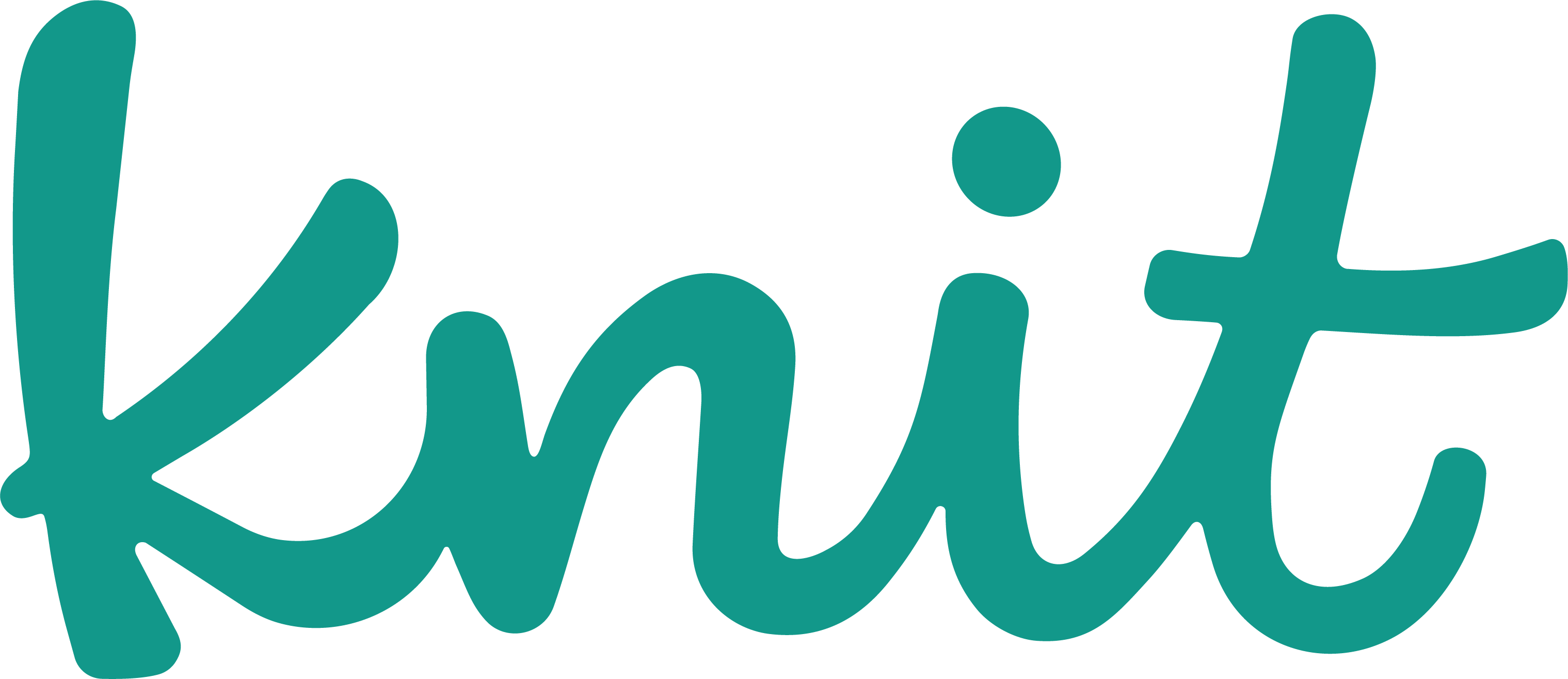
Extinction Looming:
The Next Generation of Consumers Demands Your Brand’s Attention
Gen Z, born between 1997 and 2012, is rapidly growing into one of the largest sectors of the consumer population.
According to a McKinsey & Company study, Gen Z makes up roughly 40 percent of global consumers. By 2030 that number is expected to increase to 48 percent, as more of Gen Z enters the workforce. These numbers alone should be enough to make any company reconsider their current marketing strategies.
The sheer volume of consumers isn’t all that’s opening eyes though – there’s serious dollars available for the taking. As the economy starts to bounce back from the effects of COVID-19, an interesting trend has emerged amongst young people: Gen Z is leading the charge at driving the economy forward. Gen Z spending levels are only five percent below their pre-pandemic numbers, trending ahead of older generations who have been slower to return to their previous spending amounts.
It’s also interesting to look at the power Gen Z holds, not just in terms of personal retail spending, but also in regards to influence. It’s thought that this generation is the key to increasing the spending of older generations, shaping and impacting the products and brands their parents buy from. Census data shows that approximately 17 percent of Gen Z changed their living situations during the pandemic, many moving back in with their parents after only a few short years out of the house. This proximity reinforces the idea that Gen Z directly influences the spending of other cohorts.
When considering this impact, the buying power of Gen Z expands from $44 billion to $600 billion annually.
Companies need to recognize these shifts in purchasing power and begin to alter marketing & product innovation accordingly. It’s time to re-focus to a new generation of consumers in order to grow revenue, and if Gen Z has any say in the matter, prevent extinction.
So, what does Gen Z want?
This generation is – first and foremost – thought to be socially-minded and environmentally-conscious, placing extreme focus on corporate social responsibility. An Edelman study revealed that almost two thirds of all consumers would boycott a brand based on social or political beliefs — but as the first generation to grow up with smartphones and social media, Gen Z is entirely more comfortable getting vocal and public about their beliefs on brands.
Gen Z knows how to use social media to speak up about what they want from brands. After all, they are the era of hashtag campaigns and viral videos. Brands best bets are to tap into platforms where these youthful consumers flock to get a better pulse on changing market trends.
Many brands have already begun to shift their cause alignments to tap into this generation, particularly in the beauty and fashion industries. Look at Levi’s stance on gun control or H&M’s clothing lines aimed at supporting the LGBTQ+ community.
But Gen Z wants to see results, not just false promises. As early adopters of social media, this generation has always held front row seats to the “corporate behavior is shifting” marketing show. While other generations are socially minded, Gen Z is exposed to and embraces a level of transparency that simply did not exist before.
Industry leaders need to take a thoughtful approach when it comes to this group of consumers, or they might find themselves on the wrong end of a viral campaign. Take a look at the 2017 Kendall Jenner Pepsi commercial, for example. The advertisement received massive amounts of media attention for its lukewarm take on social justice. Companies cannot participate in social issues simply for the sake of participating. Gen Z is after authenticity — and it’s important to get it right.
Gen Z makes up a large percentage of consumer spending, and it’s only projected to increase in the next year. As an industry leader, how do you successfully target this cohort? The best approach is one backed by data and research — Gen Z will be tricky to navigate without it.

Subscribe for industry insights delivered weekly.
Get all the Knit News you need with access to our free newsletter to stay a step ahead on the latest trends driving the industries of tomorrow.

